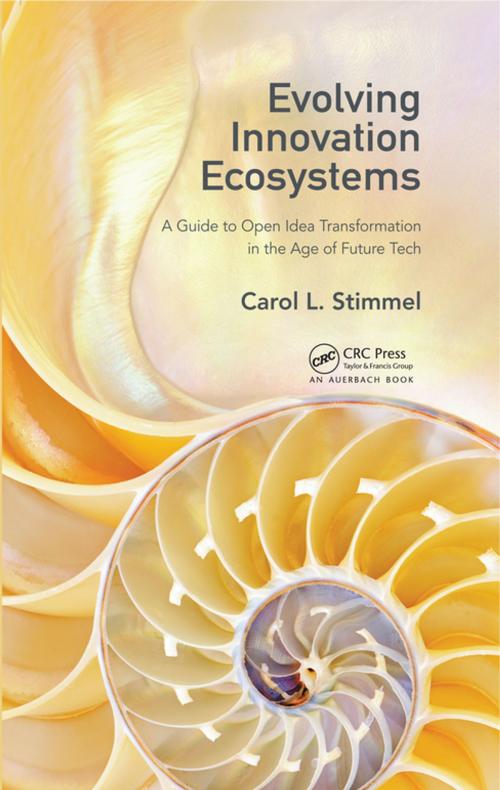Evolving Innovation Ecosystems
A Guide to Open Idea Transformation in the Age of Future Tech
Business & Finance, Management & Leadership, Management Science, Nonfiction, Computers, Advanced Computing, Information Technology, Programming, Software Development| Author: | Carol L. Stimmel | ISBN: | 9781351649438 |
| Publisher: | CRC Press | Publication: | June 19, 2017 |
| Imprint: | Auerbach Publications | Language: | English |
| Author: | Carol L. Stimmel |
| ISBN: | 9781351649438 |
| Publisher: | CRC Press |
| Publication: | June 19, 2017 |
| Imprint: | Auerbach Publications |
| Language: | English |
While emerging technologies create massive opportunity, especially for investors and companies that seek more adaptable forms of economic growth than currently available, value is held inert by traditional approaches, patents, and other closed systems. Yet, open data, content, and information may be the key to mass innovation for future technologies, although they bring difficult challenges to private-industry models that depend on the established ideas of intellectual property.
It is from this foundational observation that OpenXFORM (a blending of the words Open and the engineering abbreviation for Transformation) was developed and is explored and described in this book. The intent of the model design is to synthesize an approach to the process of innovation, inspired by natural systems and human-centric design processes. OpenXFORM describes how an open system of innovation can adapt to the unregulated world of information, data, and content; can decompose its own information to release to the open world; and can discover ways to find the points of synergy among the studied and tested methodologies that put human relationships first.
This book presents an explicit innovation process that shows how to move from a breakthrough idea through a process that encourages innovative thinkers to test their assumptions, validate hypotheses, and tune and tweak their ideas, not only to drive solutions for users but also to meet the strategic goals of their companies. The anatomy of innovation through OpenXFORM contains the process for moving ideas from a flight of fancy to an explicit concept that is ready to produce.
While emerging technologies create massive opportunity, especially for investors and companies that seek more adaptable forms of economic growth than currently available, value is held inert by traditional approaches, patents, and other closed systems. Yet, open data, content, and information may be the key to mass innovation for future technologies, although they bring difficult challenges to private-industry models that depend on the established ideas of intellectual property.
It is from this foundational observation that OpenXFORM (a blending of the words Open and the engineering abbreviation for Transformation) was developed and is explored and described in this book. The intent of the model design is to synthesize an approach to the process of innovation, inspired by natural systems and human-centric design processes. OpenXFORM describes how an open system of innovation can adapt to the unregulated world of information, data, and content; can decompose its own information to release to the open world; and can discover ways to find the points of synergy among the studied and tested methodologies that put human relationships first.
This book presents an explicit innovation process that shows how to move from a breakthrough idea through a process that encourages innovative thinkers to test their assumptions, validate hypotheses, and tune and tweak their ideas, not only to drive solutions for users but also to meet the strategic goals of their companies. The anatomy of innovation through OpenXFORM contains the process for moving ideas from a flight of fancy to an explicit concept that is ready to produce.















